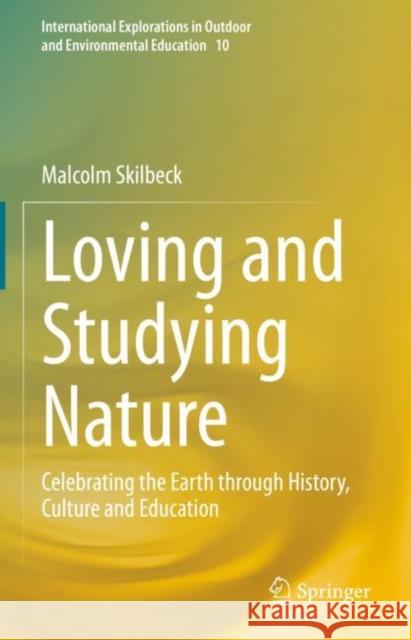Loving and Studying Nature: Celebrating the Earth Through History, Culture and Education » książka
topmenu
Loving and Studying Nature: Celebrating the Earth Through History, Culture and Education
ISBN-13: 9783030807504 / Angielski / Twarda / 2022 / 290 str.
Loving and Studying Nature: Celebrating the Earth Through History, Culture and Education
ISBN-13: 9783030807504 / Angielski / Twarda / 2022 / 290 str.
cena 605,23
(netto: 576,41 VAT: 5%)
Najniższa cena z 30 dni: 578,30
(netto: 576,41 VAT: 5%)
Najniższa cena z 30 dni: 578,30
Termin realizacji zamówienia:
ok. 22 dni roboczych
Bez gwarancji dostawy przed świętami
ok. 22 dni roboczych
Bez gwarancji dostawy przed świętami
Darmowa dostawa!
Kategorie:
Kategorie BISAC:
Wydawca:
Springer
Seria wydawnicza:
Język:
Angielski
ISBN-13:
9783030807504
Rok wydania:
2022
Wydanie:
2021
Numer serii:
000781538
Ilość stron:
290
Waga:
0.81 kg
Wymiary:
23.39 x 15.6 x 2.54
Oprawa:
Twarda
Wolumenów:
01











